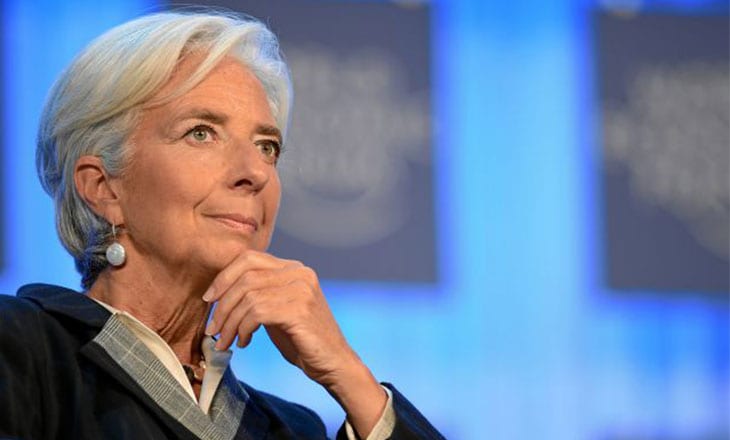IMF chief Christine Lagarde caused a bit of a stir, when she chimed into the cryptocurrency debate at the 33rd Asean Summit, held in Singapore:
Having central banks issue digital currency can bring about financial inclusivity, better security and consumer protection, as well as allay privacy concerns.
She could have stopped there, but she went on to say:
Digital currencies are likely to become more convenient to use and integrated with social media. They will be readily available for online and person-to-person use, including making micro-payments. And of course, we expect it to be cheap and safe, protected against criminals and prying eyes. Identities would not be disclosed to third parties or governments unless required by law.
When the IMF speaks on a global stage, people tend to listen. Cryptocurrencies began their recent nosedive after Ms. Lagarde’s remarks, but analysts believed that these surprising words were only one of many contributing factors for that decline. What is more amazing, however, is that Ms. Lagarde expressed these views after the Fed had rebuked the notion of a central bank digital currency (CBDC) on several separate occasions. This apparent disconnect between the IMF’s public position and the Fed may simply be that no one kept Christine informed of the Fed’s evolving opinion.
Back in May of 2018, Kevin Warsh, a former governor at the US Federal Reserve who was among the candidates to become Fed chairman, told the New York Times in an interview that, if it were his call, he would allocate resources to study the benefits of a CBDC. The potential blockchain-based national currency was even given a catchy name of “Fedcoin”. Warsh, however, did not speak for Fed researchers, which had already dismissed the idea for a number of reasons.
In February, two researchers at the St. Louis Fed, Aleksander Berentsen and Fabian Schar, wrote that, even though creating such a national digital currency would not be a problem for the central bank, there were several reasons that the idea was, in their words, “naïve”:
- “The key characteristics of cryptocurrencies are a red flag for central banks.”
- “Once we remove the decentralized nature of a cryptocurrency, not much is left of it.”
- “The technology for issuing virtual money in a centralized way existed long before the invention of the blockchain.”
Their warnings specifically cited the need for transparency and specific identification requirements for law enforcement. Otherwise, you invite abuse from the criminal element in our society. Their conclusion:
Cryptocurrency is still a very young technology, and there are large operational risks. Overall, we believe that the call for a ‘Fedcoin’ or any other central bank cryptocurrency is somewhat naïve.”
As a follow on in May, Lael Brainard, a Federal Reserve Board governor, let it be known at the Decoding Digital Currency Conference in San Francisco that, although she accepted the innovative benefits of blockchain technology, a CBDC was problematic. She raised the issues of price volatility, repeated international cyberattacks, and known instances of money laundering. She concluded by saying that we already have electronic money, and it works just fine.
In Ms. Lagarde’s defense, her intentions may have been more altruistic in nature:
Banks are not exactly rushing to serve poor and rural populations.
But even her host country for her comments was not onboard either. Ravi Menon, the managing director of the Monetary Authority of Singapore had previously noted in March:
The Republic’s central bank does not have a compelling argument to issue digital currency, as digital payment networks are already conducting electronic transactions here.
